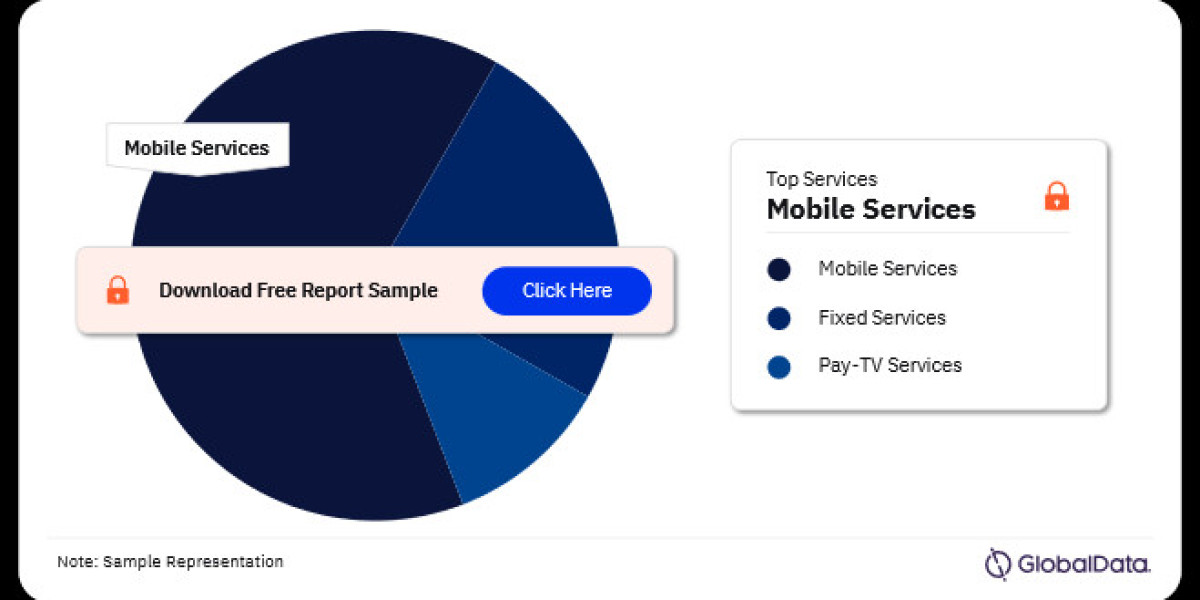This article delves into the key players, trends, and challenges shaping the Australian telecom operator market.
Market Structure: A Three-Horse Race with Challengers Emerging
Australia's mobile telecommunications market is dominated by three major network operators (MNOs): Telstra, Optus, and TPG Telecom. These giants hold a significant share of the market, offering a comprehensive suite of mobile services, fixed broadband, and internet protocol television (IPTV).
- Telstra: The incumbent leader, Telstra boasts the most extensive mobile network coverage across Australia, catering to both urban and regional demographics.
- Optus: Singtel-owned Optus is a close competitor, offering competitive pricing and innovative data packages.
- TPG Telecom: Following its merger with Vodafone Hutchison Australia (VHA) in 2020, TPG Telecom has become a formidable force, leveraging its strong fixed broadband presence to expand its mobile subscriber base.
Beyond the big three, a vibrant market of mobile virtual network operators (MVNOs) exists. These operators piggyback on the infrastructure of the MNOs, offering niche services and competitive rates to specific customer segments. Some prominent MVNOs include amaysim, iiNet, and Belong.
Market Trends: A Dance Between Growth and Decline
The Australian telecom market presents a fascinating dichotomy. While the mobile broadband segment flourishes, driven by surging data consumption and smartphone penetration, the fixed-line market experiences a steady decline. This trend aligns with the global shift towards mobile-first connectivity.
- Mobile Broadband on the Rise: The increasing reliance on data-intensive applications like video streaming and social media fuels the mobile broadband market. MNOs are actively deploying 4G LTE and 5G networks to meet this demand.
- Fixed-Line Decline: The convenience and affordability of mobile broadband alternatives are causing a gradual erosion of the traditional fixed-line market. However, fixed broadband remains crucial for businesses and some households seeking high-speed, stable internet connections.
Competitive Pressures: Price Wars and Network Sharing
The Australian telecom market is fiercely competitive, with operators constantly vying for market share. This competition manifests through:
- Price Wars: MNOs and MVNOs engage in aggressive price wars, offering enticing data allowances and bundled packages to attract customers. This price sensitivity among consumers puts pressure on operators' margins.
- Network Sharing Agreements: To optimize network infrastructure investments and expand coverage, particularly in regional areas, MNOs are exploring network sharing agreements. This collaboration allows for more efficient resource allocation.
Technological Advancements: Embracing 5G and Beyond
The Australian telecom industry is actively embracing the next generation of mobile technology – 5G. 5G offers significantly faster data speeds, lower latency, and greater network capacity compared to its predecessor, 4G LTE. This paves the way for innovative applications like the Internet of Things (IoT), cloud computing, and autonomous vehicles.
The MNOs are actively investing in 5G network rollout, with Telstra and Optus already offering commercial services in major cities. As the technology matures and infrastructure expands, 5G is poised to revolutionize the way Australians connect and consume information.
Regulatory Landscape: Balancing Competition and Consumer Protection
The Australian government plays a crucial role in shaping the telecom market through the Australian Competition and Consumer Commission (ACCC). The ACCC focuses on:
- Promoting Competition: The ACCC ensures a level playing field for all operators, fostering healthy competition that benefits consumers through lower prices and improved services.
- Protecting Consumers: The ACCC safeguards consumer interests by regulating areas like contract transparency, data protection, and internet filtering.
Challenges and the Road Ahead
Despite its growth potential, the Australian telecom market faces significant challenges:
- Infrastructure Investment: Expanding and upgrading network infrastructure, particularly in regional areas, requires substantial capital investment. This can be a hurdle for smaller operators.
- The NBN Factor: The rollout of the National Broadband Network (NBN) has been a complex and controversial undertaking. The NBN aims to provide high-speed internet access to all Australians, but challenges related to technology selection and implementation have impacted its effectiveness.
- Cybersecurity Threats: The increasing reliance on digital communication platforms exposes the industry to heightened cybersecurity threats. MNOs need to prioritize robust cybersecurity measures to protect customer data and network integrity.
Buy the Full Report to Gain More Information on the Australia Telecom Services Market Forecast, Download a Free Sample


